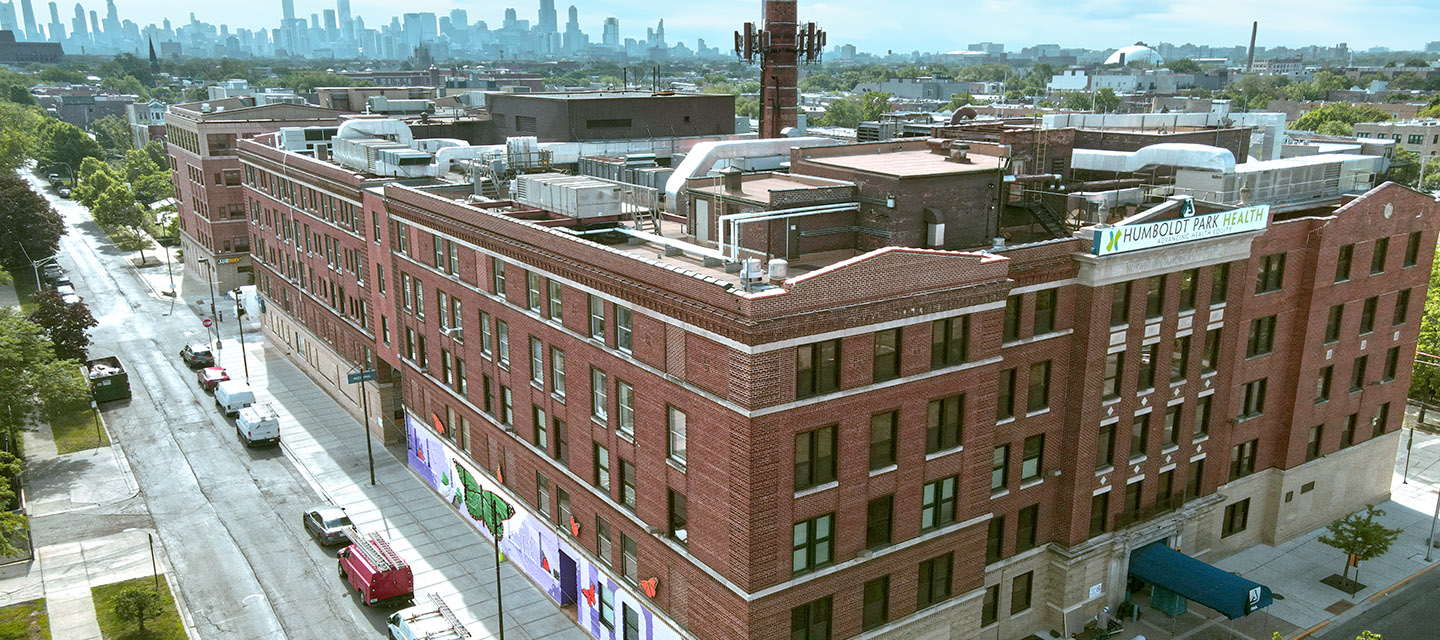Many healthcare systems worldwide are challenged with serving patients whose health needs are profoundly affected by social and economic disparities. For Humboldt Park Health (Chicago, IL), formerly Norwegian American Hospital, putting equity at the center of its mission was essential. The safety net hospital - which serves large Hispanic/Latinx and African-American populations - recently became only the 13th facility in the U.S. (and the first in the Midwest) to achieve Healthcare Equity Certification from The Joint Commission.
“It’s an honor for us to receive this certification,” said Chief Operating Officer Daisy Rodriguez. “Health equity has always been at the heart of everything we do. But this achievement was very important for us to reaffirm our commitment to diversity and inclusion, and to let our community know that we are prepared to evolve to meet their needs.”
Key to Humboldt’s healthcare equity strategy and its certification journey was using its Expanse EHR to quantify where patient needs existed, and measure what impact their programs had on improving community health. The system not only captures health information like test results, but also non-medical and environmental factors that can influence outcomes.
“Adding Social Determinants of Health data into the system from patient screenings has enabled us to get a complete picture of patient needs,” said Rodriguez.
“Staff can capture factors such as housing stability, employment status, education level, access to food, and transportation availability. Having this holistic view has helped us to understand the broader context of the patient's health leading to personalized care and effective care plans.”
Humboldt Park also uses patient registries to identify and monitor its patient populations. “We determined that obesity was affecting 38 percent of our patients, while Type 2 diabetes was diagnosed in 18 percent. That rate is twice as high as the entire city of Chicago,” said Rodriguez. “Being able to identify patients at risk and monitor their disease progression, we were then able to tailor interventions and programs to meet their specific needs.”
These programs have included longstanding partnerships with the city’s food pantry as well as local businesses to address nutrition and food insecurity. “We established a community garden on our property, which provides the community with fresh produce,” said Rodriguez. “We also work with a group of volunteers from Top Box Foods to deliver over 300 bags of food per month to our residents.”
Humboldt Park provides transportation to and from medical appointments for those patients unable to travel. In addition, they conduct 5,000 no-cost healthcare visits to the community per year, using fully equipped medical and dental vans.
“The vans provide a wide range of services, including primary care, prevention screenings, vaccinations, and health education,” said Rodriguez. “Staff working in the vans are also able to document in the EHR in real time, while out and about in the community.”
Tailored dashboards within Business and Clinical Analytics have enabled the hospital to measure its clinical and operational performance, and evaluate the effectiveness of its programs. “The dashboards provide real-time insights into our clinical and operational performance, helping us to measure the success of different initiatives. They are an impactful tool for measuring our targeted, continuous improvement.”
Having usable data in the EHR was crucial for increasing preventative care visits, such as breast cancer screenings. “Knowing that the highest rates of breast cancer nationwide occur in brown or black women, we sought to identify women in that community who were due for screening or follow-ups,” said Rodriguez.
“We then used outreach strategies like mailings, text alerts, and health fairs to offer technologically advanced 3D screenings, to improve early diagnosis rates and conduct prompt interventions. With these targeted campaigns, we saw a 40% increase in our mammogram screening rates.”
Humboldt Park continues to pursue new avenues for bringing expanded services to its community. This fall, it will open a new 45,000 sq ft Wellness Center, which will include rehabilitation services, two swimming pools, a track, fitness rooms, spaces for events, and community education.
“Care excellence shouldn’t be limited to people who look a certain way or live in a particular zip code,” said Rodriguez. “Everyone deserves the chance to experience good health, and, by extension, a good life. That’s what drives us at Humboldt Park, what keeps us going every day.”


